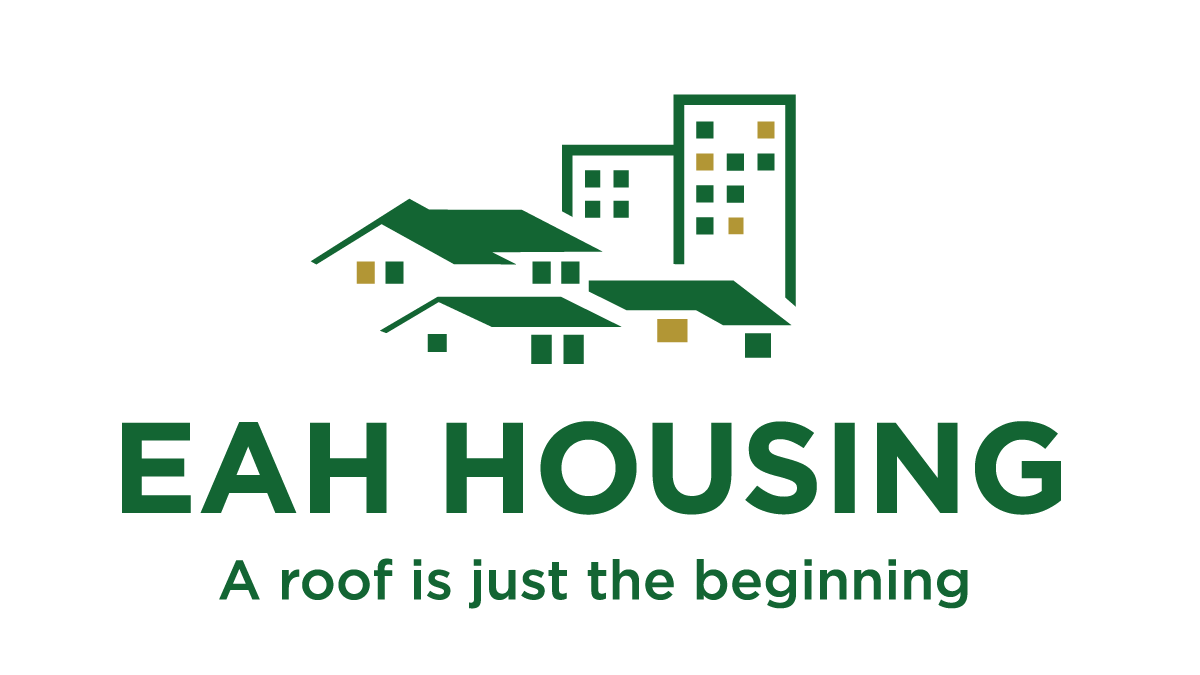
http://www.northbaybusinessjournal.com
© 2004 North Bay Business Journal
BY MAX LAMONT
STAFF REPORTER
NORTH BAY — As home prices skyrocket and available land becomes scarcer, home buying is perhaps the most ubiquitous burden on North Bay residents. While this situation is felt at virtually all income levels, the pain is perhaps most acute for the lowest wage earners. Although close observers of this demographic realize the problem will never vanish, local government, advocacy groups, nonprofit developers, and others are making great strides to keep their fingers in the dam.
Expensive housing in the North Bay is an old problem, and as a result, many successful nonprofit home developers have sprung up through the years, providing a stable of organizations with staffs experienced in the complex process of building affordable living units. Many of these groups have experienced recent success gaining approval for, initiating, and completing affordable projects.
Burbank Housing Development Corporation of Santa Rosa, which has developed more than 2,000 Sonoma County housing units in 50 developments since 1985, has recently embarked on a flurry of activity. Over the summer, the company initiated an 80-unit development in the Agua Caliente area of Sonoma Valley, a 32-unit development in Santa Rosa called Timothy Commons, an 18-unit self-help development in Calistoga called Saratoga Manor, and a 34-unit self-help development in Forestville. Two Burbank projects previously held up by the California tiger salamander issue that have received approval include the Cypress Ridge project south of the fairgrounds in Santa Rosa and the Larkfield Oaks project near Santa Rosa.
Additionally, Bridge Housing, an affordable housing development group based in San Francisco, recently completed work on Casa Vista Apartments, a 40-unit project in San Rafael, and received approval for Jennings Avenue Family Housing, a 70-unit project in Santa Rosa.
San Rafael-based EAH Housing recently received approval for San Clemente Homes, a 79-unit project in Corte Madera; Drake’s Way, a 25-unit project in Larkspur; and Point Reyes Station, a 34-unit project in Point Reyes.
Participation
One hallmark of a Burbank project is the participation in its construction by future residents, which helps Burbank reduce costs and creates a sense of ownership.
“We have residents who contribute to all aspects of the construction process,” says John Lowry, executive director of Burbank Housing. “Even though their work is usually unskilled and we supervise, there are many cost savings. And for individuals with little down-payment ability, the experience of working on the homes helps them feel more invested.”
Changing image
In the past, Mr. Lowry and his contemporaries used arguments such as construction assistance to persuade reluctant community members that affordable housing did not deteriorate neighborhoods leading to increased crime, shabby surroundings, lowered property values, and other drawbacks.
Furthermore, because of the lofty prices in the North Bay, affordable housing is no longer synonymous with units for the previously homeless. Instead, the facilities increasingly provide homes for working-class families, particularly those most needed in communities, such as teachers, fire fighters, police officers, and nurses.
“In so many of the North Bay cities, you have a situation where the people who work there do not live there,” says Tina Duong, programs director for the Nonprofit Housing Association of Northern California. “Affordable housing fortifies communities by ensuring that everyone who lives and works there wants to continue to reinvest in the community and the downtown areas. Everyone is involved in the outreach and project design, and this community-oriented process helps businesses grow and property values rise.”
Though much “Not In My Backyard” opposition still confronts affordable housing proponents, local observers believe the tide in public opinion is shifting, and that shift will gain momentum. Developers and advocates unanimously note that city planners are more willing than ever to increase the availability of affordable housing as constituents are increasingly cognizant of the damaging effects of sprawl, gridlock, and other deleterious reverberations from the housing shortage.
The constraining issue
Through the implementation of various laws and ordinances, local governments have attempted to spread the cost of affordable housing equitably throughout the community. Currently, efforts are under way throughout Sonoma County to pass jobs-housing mitigation ordinances that would levy fees on commercial developers, in addition to the fees already paid by residential developers, to help pay for affordable housing.
“Businesses are starting to better understand the problem,” says Margo Warnecke Merck, vice chair of the Sonoma County Housing Coalition. “For-profit homebuilders have been easier to work with in the past, as they can see the need more clearly. However, businesses realize that if they are going to create jobs in the area, people must have a place to live.”
Not all business owners see things that way, however. And, of course, as with all stories real estate in the North Bay, space presents the most constraining issue in the debate. Very little undeveloped land in the North Bay is annexed for the type of high-density projects that lend to affordable housing, forcing developers to look at more expensive urban and infill lots.
“In the past, access to land has been the biggest hurdle, and in the future, access to land will be the biggest hurdle,” says Betty Pagett, director of education and advocacy at EAH. “It is cheapest to develop on a nice, clean piece of land, but scarcity has driven prices up. This is going to make it even harder for affordable housing groups to find opportunities.”

